Fruits That Start With C: Unique and flavorful fruits that begin with the letter C for food challenges or answering trivia questions! You'll see some common fruits on this list like cherries and coconuts, as well as some that may be new to you like cactus fruit or carambola! It's hard to believe how many fabulous fruits start with C!
Fruits That Start With The Letter C
Whether you saw an unfamiliar fruit in a recipe or you're cooking your way through the alphabet, this list of fruits that start with C is here to help! It's in alphabetical order, so if you're looking for something specific, it should be easy to spot.
Otherwise, just browse the list to discover some new and unique types of fruit from all over the world. You might even learn a few things about the fruits you already love!
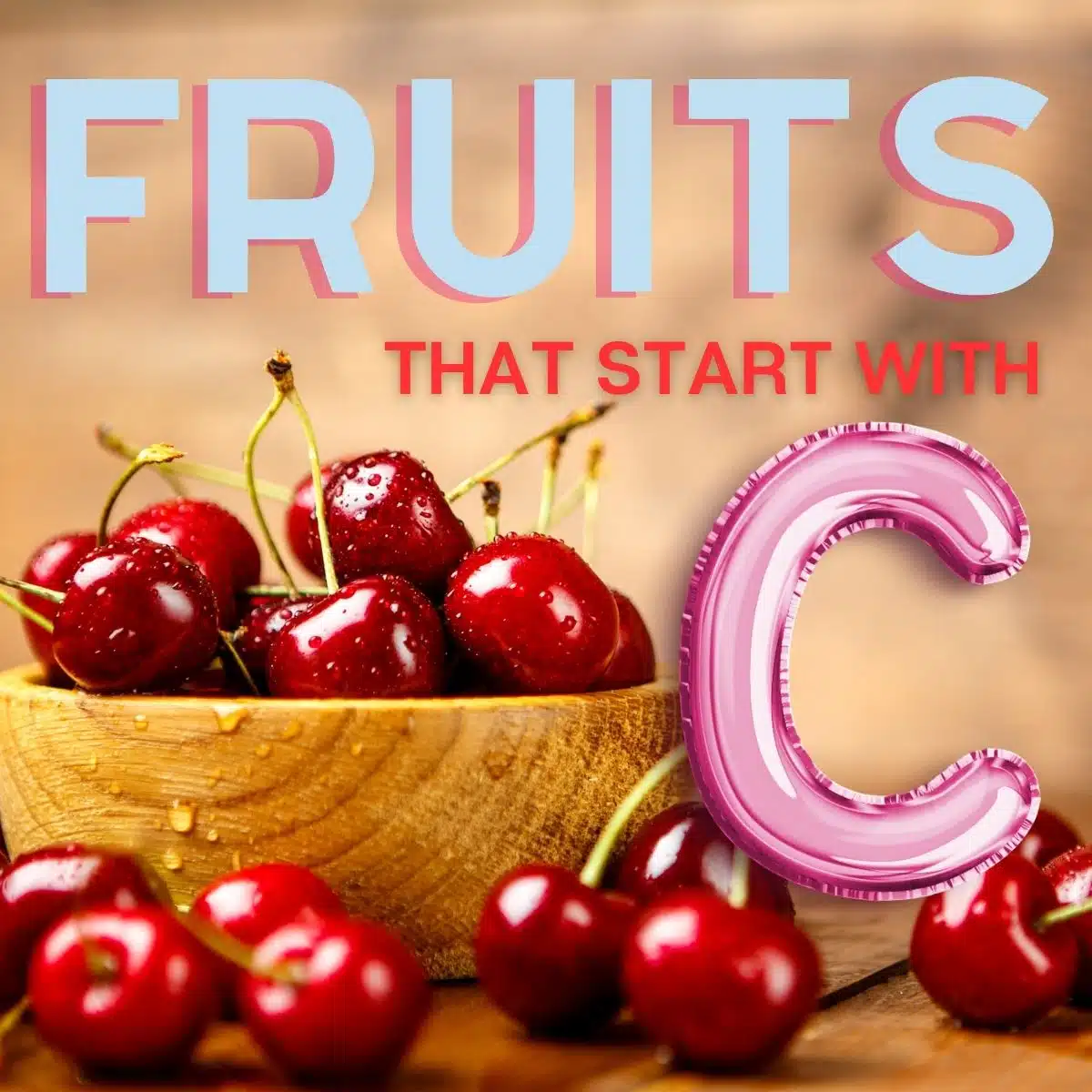
Jump to:
- Fruits That Start With The Letter C
- 1. Cacao
- 2. Cactus Fruit
- 3. Calabash
- 4. Camu Camu
- 5. Canistel
- 6. Caper Fruit
- 7. Cape Gooseberry
- 8. Capulin Cherry
- 9. Carambola
- 10. Carissa
- 11. Cassabanana
- 12. Catawba grape
- 14. Chayote fruit
- 15. Cherimoya
- 16. Cherry
- 17. Chestnut
- 18. Chinese Bayberry
- 19. Chokecherry
- 20. Citron
- 21. Clementine
- 22. Cloudberry
- 23. Cocona
- 24. Coconut
- 25. Coffee Cherry
- 26. Comice Pear
- 27. Concord Grape
- 28. Cornelian Cherry
- 29. Crabapple
- 30. Cranberry
- 31. Crenshaw Melon
- 32. Crowberry
- 33. Cucumis Metuliferus
- 34. Currant
- 35. Custard Apple
- 📖 Recipe Card
- Fruits That Start With C: Cherry Pie Bars (+More Great Fruits To Pick From!)
- 💬 Comments & Reviews
1. Cacao
Cacao, the source of chocolate, is a tropical fruit that is native to Central and South America. The fruit grows on a tree and is roughly the size and shape of a large melon.
When mature, the fruit has a hard, rough, and thick outer shell that is difficult to crack open. Inside the shell, the fruit is filled with white, pulpy flesh that surrounds about 30 to 50 large, brown seeds or beans.
These beans are the part of the cacao fruit that is used to make chocolate.
The flesh of the cacao fruit has a sweet and slightly tart taste, and it is sometimes eaten as a dessert or used in drinks. In some regions, the fruit pulp is fermented and distilled to make a type of alcoholic beverage.
The seeds, or cacao beans, are the source of chocolate and are used in a variety of chocolate-based products, including candy bars, hot chocolate, and baking chocolate.
See my guide on cocoa vs cacao for more information about this fantastic food!
2. Cactus Fruit
The cactus fruit, also known as prickly pear, is a sweet fruit that grows on various species of cactus plants, primarily in the Americas. The fruit is oval or round in shape and varies in size and color depending on the species of cactus it comes from.
The outer skin of the fruit is covered in small spines, which must be removed before the fruit can be eaten.
Inside the skin, the fruit has soft, juicy flesh that is typically red, pink, or yellow in color. The flesh is studded with small, edible seeds that add a slight crunch to the fruit.
The taste of cactus fruit is often described as similar to watermelon or kiwi, with a sweet, slightly tart flavor.
Cactus fruit can be eaten fresh, juiced, or used in a variety of culinary applications, such as in jams, jellies, syrups, and desserts.
3. Calabash
Calabash is a type of gourd that is native to Africa and has been cultivated in many parts of the world. It is a large, long, and hard-shelled fruit that can grow up to a meter in length.
The fruit starts out green but turns yellow or brown when it matures, and the skin becomes hard and woody, making it ideal for crafting into utensils, bowls, and musical instruments.
The inside of the calabash fruit is lined with a soft, spongy pulp that can be removed, leaving behind a hollow shell that can be used for a variety of purposes. In some cultures, the calabash fruit is also used for its edible seeds and flesh, which can be cooked and eaten like a vegetable.
4. Camu Camu
Camu camu is a small red or purple fruit that grows on a shrub native to the Amazon rainforest in South America. The fruit is about the size of a grape and has a tangy, sour taste, which is why it is usually consumed in powdered form or as a supplement.
Camu camu is known for its extremely high vitamin C content, which is believed to be higher than that of any other known fruit. Camu camu has gained popularity as a superfood and is used in a variety of dietary supplements, functional foods, and beverages.
5. Canistel
Canistel fruit, also known as eggfruit, is a tropical fruit that is native to Mexico and Central America but is also grown in other warm regions of the world. The fruit is roughly the size of a small apple or large plum and has a thin, brown skin.
When ripe, the fruit has a bright yellow or orange flesh that is firm and creamy, similar in texture and taste to a cooked egg yolk.
The flavor of canistel fruit is sweet and slightly musky, with hints of vanilla and pumpkin. The fruit is typically eaten fresh, but it can also be used in a variety of culinary applications, such as in smoothies, ice cream, custards, and baked goods.
6. Caper Fruit
Caper fruit is the fruit of the caper plant, which is a shrub-like plant that grows in dry and rocky areas in the Mediterranean and Middle Eastern regions. The fruit is typically harvested before it fully ripens and is often pickled and used as a condiment or seasoning.
Caper fruit is small and oval-shaped, with a green color and a slightly bitter taste. The fruit is usually pickled in vinegar, which gives it a tangy and acidic flavor that pairs well with fish, meat, salads, and sauces.
The caper fruit is also used to make caper berries, which are larger and milder than capers and are often served as a garnish or snack.
7. Cape Gooseberry
Cape gooseberry is a small, orange fruit that is native to South America but is now grown in many parts of the world. The fruit is roughly the size of a cherry tomato and is enclosed in a papery husk that resembles a Chinese lantern.
When ripe, the fruit has a sweet and tart flavor, similar to a combination of a pineapple and a tomato.
Cape gooseberry is a versatile fruit that can be eaten fresh, cooked, or used in a variety of culinary applications, such as in jams, sauces, and desserts.
Overall, cape gooseberry is a unique and flavorful fruit that is becoming increasingly popular among food enthusiasts and health-conscious consumers.
8. Capulin Cherry
Capulin cherry is a cherry variety that is native to Mexico and Central America. The fruit is small and round, with a dark red or black skin and juicy, sweet flesh that surrounds a single large pit.
Capulin cherries are typically eaten fresh, but they can also be used in a variety of culinary applications, such as in pies, jams, and ice cream.
>>>>See all of my recipes here<<<<
9. Carambola
Carambola, also known as starfruit, is a tropical fruit from the Averrhoa carambola tree that is native to Southeast Asia but is now grown in many parts of the world. The fruit is roughly the size of an apple and has a distinctive star shape when sliced crosswise, which gives it its name.
When ripe, the carambola has a thin, waxy skin that is usually a bright yellow color, and a juicy, crisp flesh that is usually light green in color.
The flavor of carambola is sweet and slightly tart, with a taste that has been described as a combination of apple, grape, and citrus. The fruit is typically eaten fresh, and is often used as a garnish or decorative element in salads, desserts, and cocktails.
10. Carissa
Carissa, also known as natal plum, is a small, red or purple fruit that is native to southern Africa but is now grown in many parts of the world. The fruit is roughly the size of a cherry and has a smooth, glossy skin that is often used as a natural dye or food coloring.
The flesh of carissa is juicy, tender, and slightly sweet, with a flavor that has been compared to that of a cranberry or a sour cherry. The fruit is typically eaten fresh, and can also be used in a variety of culinary applications, such as in jams, jellies, and chutneys.
11. Cassabanana
Cassabanana is a large, oblong-shaped fruit that is native to Central and South America, but is also grown in other parts of the world. The fruit has a smooth, hard rind that is green when unripe and turns to a yellow or orange color when ripe.
The flesh of cassabanana is white and has a fibrous texture, with a sweet and slightly tangy flavor.
Cassabanana is often used for making preserves, such as jams, jellies, and pickles, due to its high pectin content. The fruit can also be eaten fresh or used in a variety of culinary applications, such as in smoothies, cakes, and breads.
12. Catawba grape
Catawba grape is a grape variety that is native to the United States and is primarily grown in the eastern part of the country. The fruit is medium-sized, with a round or slightly oval shape, and has a thick, tough skin that is typically dark purple or red.
The flesh of Catawba grape is juicy and sweet, with a flavor that has been described as a combination of strawberry and grape.
Catawba grape is typically used to make wines, such as rosé and sparkling wines, but it can also be eaten fresh or used in a variety of culinary applications, such as in jams, jellies, and desserts.
14. Chayote fruit
Chayote, also known as christophine, mirliton, or vegetable pear, is a pear-shaped fruit that is native to Mexico and Central America but is now grown in many parts of the world. The fruit has a smooth, green skin that is edible, and a crisp, white flesh that is juicy and mild in flavor.
Chayote is often used in culinary applications as a vegetable, and can be boiled, roasted, mashed, or fried. It can be used in soups, stews, salads, or as a side dish, and is popular in Latin American, Caribbean, and Asian cuisines.

15. Cherimoya
Cherimoya is a sweet and creamy fruit that is native to South America, but is now grown in many parts of the world. The fruit is roughly the size of a large apple and has a green, scaly skin that is easily peeled.
The flesh of the cherimoya is soft and white and is studded with black seeds that are usually removed before eating. The flavor of cherimoya is often described as a combination of banana, pineapple, and strawberry, with a hint of vanilla.
The fruit is typically eaten fresh and can be scooped out of the skin and eaten with a spoon, or used in a variety of culinary applications, such as in smoothies, ice cream, and baked goods.
16. Cherry
Cherries are small, round fruit that grows on trees in many parts of the world. They come in many different varieties, but most cherries have thin, smooth skin that ranges from dark red to bright yellow and a fleshy, juicy interior that surrounds a hard stone or pit.
The flavor of cherries is sweet and tangy and can range from mild to intense depending on the variety. Cherries can be eaten fresh or used in a variety of culinary applications, such as in pies, cakes, jams, and cocktails.
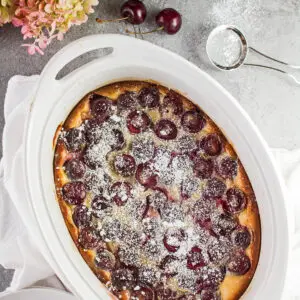
17. Chestnut
Chestnuts are a nut (but classified as a fruit!) that is native to the northern hemisphere and are grown in many parts of the world. The nut is encased in a hard, spiky shell, and has a sweet, starchy flesh that is often roasted, boiled, or mashed before eating.
The flavor of chestnuts is nutty and slightly sweet, and the texture is firm and chewy. They can be eaten on their own, or used in a variety of culinary applications, such as in soups, stews, stuffing, and baked goods.
18. Chinese Bayberry
Chinese Bayberry, also known as yumberry, is a small, round fruit that is native to China but is now grown in other parts of the world. The fruit has a thin, delicate skin that is typically red or pink in color, and a white, juicy flesh that surrounds a single seed.
The flavor of Chinese Bayberry is sweet and tart, with a taste that has been described as a combination of raspberry, cranberry, and grapefruit. The fruit is typically eaten fresh, but can also be used in a variety of culinary applications, such as in jams, jellies, and beverages.
19. Chokecherry
Chokecherry is a small, tart fruit that is native to North America. The fruit is round and dark red or black in color, with a thin, astringent skin and a juicy, bitter flesh that surrounds a large seed.
Chokecherry is typically not eaten raw due to its tartness and astringency, but it can be used in a variety of culinary applications, such as in jams, jellies, and sauces. It is also used to make wine, syrup, and other traditional foods.
Additionally, chokecherry is a unique and flavorful fruit that is an important part of North American culinary and cultural heritage.
20. Citron
Citron is a large, lemon-like fruit that is native to Southeast Asia and is now grown in many parts of the world. The fruit has a thick, bumpy rind that is usually yellow or green in color, and a small amount of sour, aromatic flesh that surrounds the seeds.
Citron is typically not eaten raw due to its bitterness and sourness, but it can be used in a variety of culinary applications, such as in marmalades, candied fruit, and liqueurs.
In some cultures, the citron is also used as a symbol of good luck and is often given as a gift on special occasions. Citron is a unique and distinctive fruit that has been valued for its flavor and cultural significance for thousands of years.
21. Clementine
Clementine is a small, seedless citrus fruit that is a hybrid of a mandarin and a sweet orange. The fruit is usually small, round, and has a bright orange color with glossy, smooth skin.
The flesh of clementine is juicy, sweet, and easy to peel, making it a popular snack fruit. It is also used in a variety of culinary applications, such as in salads, desserts, and cocktails.
Clementines are often marketed as a "kid-friendly" fruit due to their small size, ease of peeling, and sweet taste. They are also popular fruit during the winter holiday season and are often used as a gift or decoration. Overall, clementines are a delicious and nutritious fruit that is enjoyed by people of all ages.
22. Cloudberry
Cloudberry is a small, amber-colored fruit that is native to the cooler regions of the Northern Hemisphere, such as Scandinavia, Canada, and Alaska. The fruit has a delicate, velvety skin and a unique, tart-sweet flavor that has been compared to a mix of raspberry and apricot.
Cloudberry is typically eaten fresh or used in a variety of culinary applications, such as in jams, preserves, and desserts.
Cloudberry is a highly valued fruit in some cultures and is often associated with luxury and exclusivity due to its scarcity and unique flavor. The fruit is often referred to as the "Arctic gold" due to its high value and its association with the northern regions.
23. Cocona
Cocona is a small, tangy fruit that is native to the Amazon rainforest and is grown in other parts of South America. The fruit is roughly the size of a large tomato and has a bright orange or yellow color when ripe.
The flavor of cocona is tart and slightly sweet, with a taste that has been compared to a mix of tomato, lemon, and passion fruit. Cocona is typically used in a variety of culinary applications, such as in sauces, jams, and beverages.
24. Coconut
Coconuts are large, round fruits that grow on coconut palm trees in tropical regions around the world. The fruit has a hard, fibrous outer shell that is usually brown in color and a white, fleshy interior.
The flesh of the coconut is sweet, creamy, and rich in healthy fats, making it a popular ingredient in a variety of culinary applications, such as in curries, desserts, and smoothies.
The coconut water found inside the fruit is a refreshing and hydrating beverage, while the coconut oil extracted from the fruit is used for cooking, skincare, and hair care.
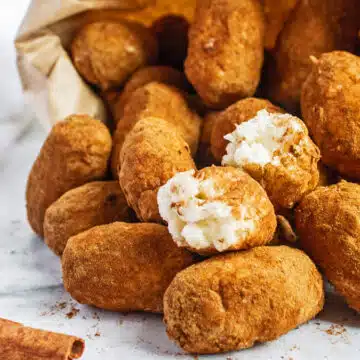
25. Coffee Cherry
Coffee Cherry is the fruit that grows on the coffee plant, and it is part of the plant that surrounds the coffee bean. The fruit is typically small and round, with red or yellow skin that covers sweet and juicy flesh.
The flavor of the coffee cherry is often described as a mix of cherry and peach, with a slightly tart and sweet taste. While the fruit itself is not typically consumed, the coffee bean inside is extracted, roasted, and brewed to make coffee, which is one of the most popular beverages in the world.
26. Comice Pear
Comice pear is a type of pear that is known for its sweet, juicy, and buttery flesh. The fruit is typically medium to large in size, with a round, slightly squat shape, and a greenish-yellow or golden-brown skin that is often blushed with red or pink.
The flesh of the Comice pear is creamy white, and it is highly prized for its sweetness, juiciness, and delicate texture. Comice pears are often eaten fresh, and can also be used in a variety of culinary applications, such as in salads, baked goods, and poached dishes.
27. Concord Grape
Concord grapes are a type of grape that is native to the United States and is known for their distinctive, intense flavor. The fruit is small, round, and has a deep, dark purple color, with thick skin and large seeds.
The flavor of Concord grapes is often described as bold and rich, with a mix of sweet and tart notes. The fruit is typically used to make grape juice, jams, jellies, and other products, and is also used in the production of wine.
28. Cornelian Cherry
Cornelian cherry is a small, tart fruit that is native to Europe and parts of Asia. The fruit is usually red or yellow in color and has thin, smooth skin and juicy, sour flesh that surrounds a large, hard seed.
Cornelian cherry is typically used in a variety of culinary applications, such as in jams, jellies, and sauces. It is also used to make wine, syrup, and other traditional foods.
29. Crabapple
Crabapple is a small, tart fruit that is similar in appearance to apples, but much smaller and usually not as sweet. The fruit can be red, yellow, or green in color, and has a thin, slightly sour flesh that surrounds a core of seeds.
Crabapple is typically not eaten raw due to its tartness, but it can be used in a variety of culinary applications, such as in jams, jellies, and baked goods. The fruit is also used to make cider and vinegar.
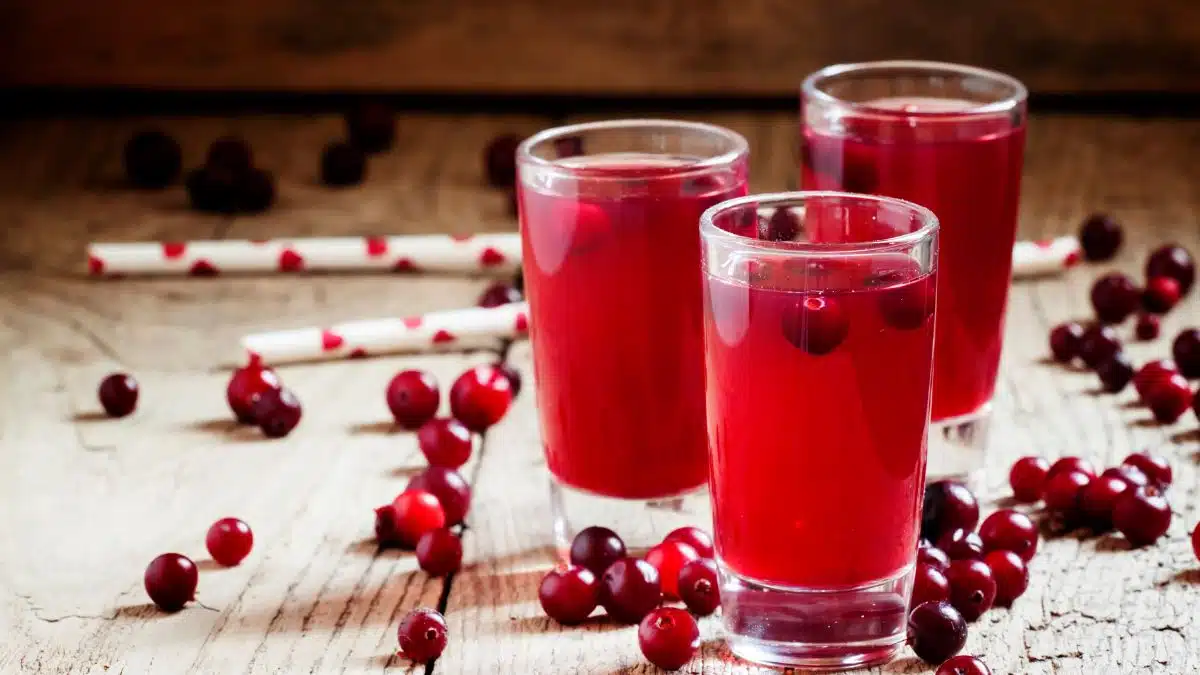
30. Cranberry
Cranberries are a small, tart fruit that is native to North America and is known for their bright red color and unique flavor. The fruit is typically round or oval in shape and has a thin, smooth skin and a juicy, sour flesh that surrounds several small seeds.
Cranberry is typically not eaten raw due to its tartness, but it can be used in a variety of culinary applications, such as in sauces, juices, and baked goods. The fruit is also used to make supplements and other products.
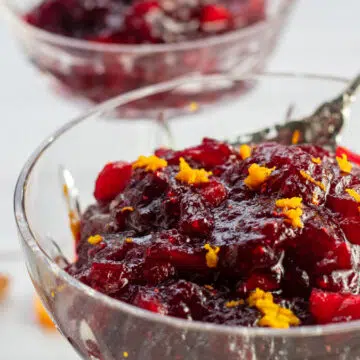
31. Crenshaw Melon
Crenshaw melon is a large, oval-shaped fruit that is a hybrid of a cantaloupe and a honeydew. The fruit has smooth, light green skin with faint yellow stripes and juicy, sweet, and aromatic flesh that ranges in color from light orange to pale yellow.
Crenshaw melon is typically eaten fresh and is a popular ingredient in fruit salads and other desserts. The fruit is also used to make juice and sorbet.
Additionally, Crenshaw melon is highly prized for its juicy, sweet flavor, and its tender, succulent texture. The fruit is often harvested when it is fully ripe and is best enjoyed when chilled.
32. Crowberry
Crowberry is a small, dark purple fruit that is native to the colder regions of the Northern Hemisphere, such as Scandinavia, Canada, and Alaska. The fruit is small and round, with a juicy, tart-sweet flesh that surrounds several small seeds.
Crowberry is typically eaten fresh or used in a variety of culinary applications, such as in jams, jellies, and baked goods.
This fruit is highly valued in some cultures and is often associated with the northern regions due to its hardiness and unique flavor.
33. Cucumis Metuliferus
Cucumis metuliferus, also known as horned melon or kiwano, is a fruit that is native to the semi-arid regions of Africa. The fruit has a distinctive spiky, orange, or yellow skin and a juicy, green, jelly-like flesh with a slightly sweet and tangy taste.
Horned melon is typically eaten fresh, and is a popular ingredient in salads and other dishes. The fruit is also used to make juice and sorbet.
34. Currant
Currants are small, tart berries that grow on bushes and are native to the Northern Hemisphere. The fruit is typically dark red, black, or white in color, and has a juicy, sour flesh that surrounds several small seeds.
Currants are commonly used in a variety of culinary applications, such as in jams, jellies, and baked goods.
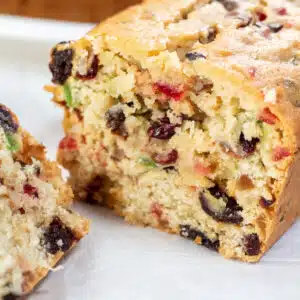
35. Custard Apple
Custard apples, also known as sugar apples or sweetsops, are a type of tropical fruit that are native to Central and South America. The fruit is typically heart-shaped or round, with green or yellow skin that is covered in knobby bumps.
The flesh of the custard apple is creamy and sweet, with a texture that is often described as similar to custard or ice cream. The fruit is typically eaten fresh and can be used in a variety of culinary applications, such as in smoothies, ice cream, and other desserts.
Overall, custard apples are a unique and delicious tropical fruit that is enjoyed by many for its sweet, creamy flavor.
I hope these descriptions help give you a better idea of the different types of fruits that start with the letter "C". Let me know of any more fruits that start with C in the comments below!
Do you love a recipe you tried? Please leave a 5-star 🌟rating in the recipe card below and/or a review in the comments section further down the page.
Stay in touch with me through social media @ Pinterest, Facebook, Instagram, or Twitter! Subscribe to the newsletter today (no spam, I promise)! Don't forget to tag me when you try one of my recipes!
📖 Recipe Card
Fruits That Start With C: Cherry Pie Bars (+More Great Fruits To Pick From!)
Ingredients
Cherry Pie Bars
- ¾ cup butter (softened - 12 tablespoons, or 1½ sticks butter)
- 1½ cups sugar
- ½ teaspoon salt
- 3 large eggs (at room temperature)
- 1½ teaspoon vanilla extract
- 2¼ cups all-purpose flour
- 21 oz cherry pie filling (1 21-ounce can or see my recipe)
Vanilla Glaze
- ½ cup confectioners' sugar
- 1 tablespoon heavy cream (or whole milk, or half & half)
- ½ teaspoon vanilla extract
(Note: 2x or 3x only changes the ingredient list)
Instructions
Cherry Pie Bars
- Preheat your oven to 350°F (175°C) and lightly grease a 9x13 baking pan using non-stick cooking spray, baking spray, or butter.
- Add the butter, sugar, and salt to the bowl of a mixer and cream the ingredients together.
- Pour the vanilla extract into the bowl of your mixer. Then add the eggs one at a time, mixing between each one (*see note). *If you notice the mixture begins to curdle, mix in a tablespoon or two of all-purpose flour.
- Gently mix in the all-purpose flour just until the dough is combined (try not to overmix). Reserve 1 cup of the dough for later and set it aside.
- Spread the dough in an even layer across the bottom of your prepared baking pan. Then top it with the pie filling. Take the reserved 1 cup of dough and drop it in rounded spoonfuls over the top of the cherry pie filling layer.
- Bake at 350°F (175°C) until golden-brown and the topping is no longer soft, about 30-35 minutes. Then, transfer the pan to a wire cooling rack to cool completely before drizzling the vanilla icing over the top.
Vanilla Glaze
- Combine the confectioners' sugar, heavy cream, and vanilla in a small bowl. If needed, add more cream or sugar until you reach a consistency that is good for drizzling.
- After the bars have cooled completely, drizzle the vanilla glaze over them. You may cut and serve right away, or allow the glaze to set before serving.
Notes
- If you don't have canned cherry pie filling, try my simple homemade cherry pie filling recipe!
- See my article on how to make cherry pie filling taste better to make these easy dessert bars even more delicious!
- Adjust the glaze consistency until it reaches a good drizzling thickness. It should cling to your spoon, but flow freely without dropping in clumps.
- To store: Keep any leftover cherry cobbler bars in an airtight container at room temperature for up to two days (before adding the glaze). If you have added a dairy-based glaze, your cherry squares should be kept refrigerated for up to 4 days.
- To freeze: If freezing your cherry cobbler bars, do not add the glaze until they are thawed and ready to serve. Wrap them in aluminum foil then place them in an airtight container or heavy-duty freezer bag. Thaw in the fridge overnight before serving and enjoy within 3 months.



Lisa L says
Cashew fruit is another one.